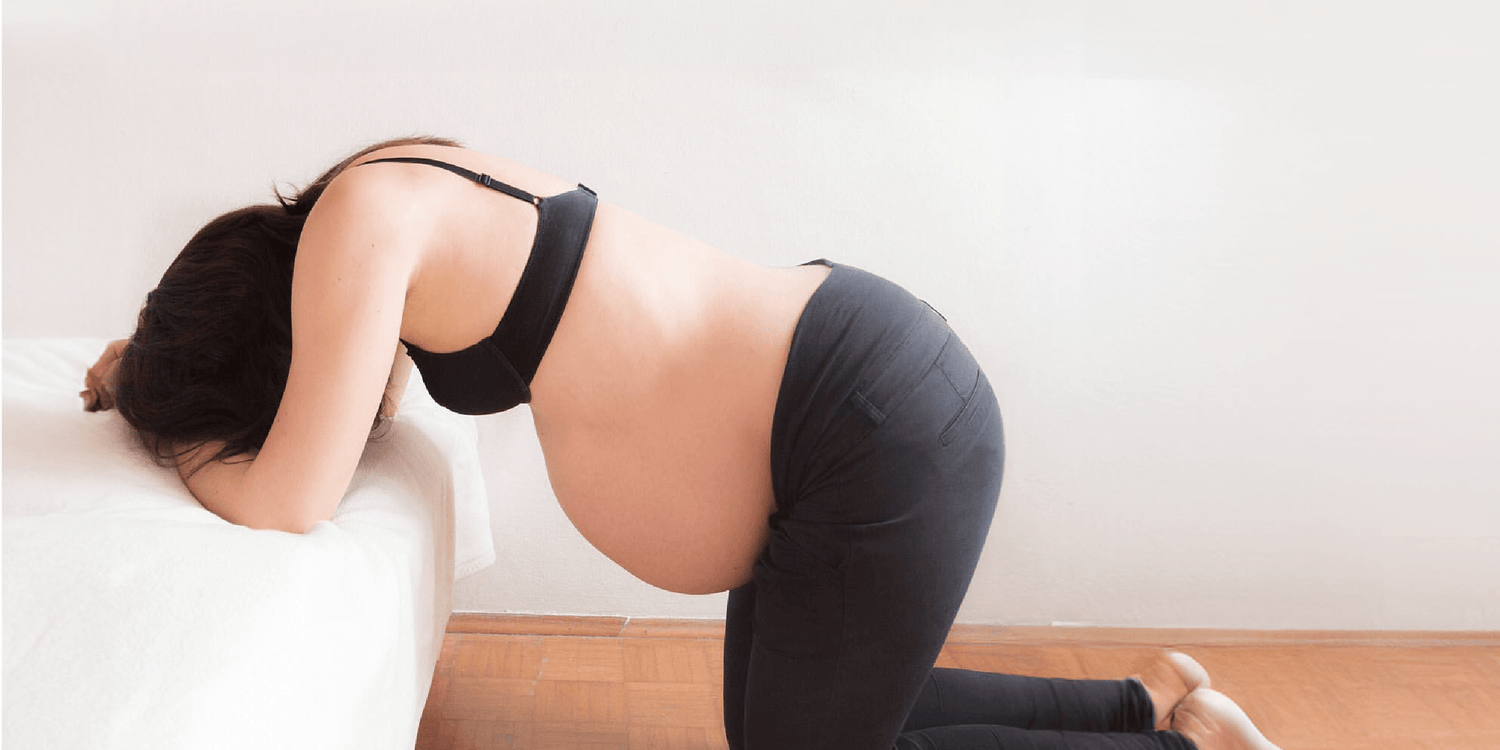Optimal Labour Positions For Childbirth
When it comes to giving birth, many envision the process taking place in a hospital bed. However, did you know there are numerous other positions that can help facilitate a smoother labour experience? Various out-of-bed positions during labour and childbirth can be more comfortable, promote optimal foetal positioning, and potentially reduce pain. Read on for some tips on some of the best labour and birth positions!
Upright Positions
Standing:
Standing during labour helps utilise gravity to aid in the descent of the baby. It allows the birthing person to sway, squat, or lean on a partner or support bar. Standing can help open up the pelvic outlet, enhance contractions, and reduce pressure on the spine.
Walking:
Walking is an excellent way to maintain mobility and pelvic movement during labour. It promotes blood circulation, releases endorphins, and offers a distraction from pain. Walking can be particularly advantageous during early labour, helping the cervix dilate and encourage the baby's head to descend.
Lunging and Squatting:
These positions allow the birthing person to open up the pelvic area, providing more space for the baby to descend. They can be done with the support of a partner, a birthing ball, or even a squat bar. Lunging and squatting positions engage the thighs, pelvis, and abdominal muscles, aiding in the efficient progress of labour.
Seated or Reclining Positions

Birthing Ball:
Sitting and bouncing on a birthing ball can help alleviate discomfort and pressure on the lower back. It promotes pelvic movement and opens up the pelvis, allowing the baby to descend. Additionally, rocking on the ball can provide relaxation and reduce tension.
Reclining or Semi-Reclining:
While lying flat on the back is generally discouraged due to its potential to compress major blood vessels, a semi-reclining position can be an alternative. It allows the birthing person to rest or change positions while still maintaining some gravity assistance.
Supported Positions

Leaning or Kneeling Forward:
Leaning or kneeling forward onto a bed, birthing ball, or chair can help relieve back pain and increase pelvic flexibility. This position assists in maintaining an open pelvis, increasing the potential for a smooth descent of the baby.
Hands and Knees:
Getting on all fours can relieve back pain, encourage foetal rotation, and ease the pressure on the perineum during birth. This position allows the birth canal to expand, potentially minimizing the risk of tearing and facilitating an easier delivery.
Opting for different positions during labour and childbirth beyond the bed allows birthing individuals to actively participate, utilise gravity to their advantage, and find comfort during this transformative experience. Whether it's standing, squatting, using a birthing ball, or getting on all fours, these positions promote optimal foetal positioning, facilitate efficient contractions, and may even reduce pain.
Remember, every birthing journey is unique, and the choice of positions should be based on personal preference, comfort, and guidance from healthcare providers. Consulting your healthcare team and considering professional advice is crucial to ensuring your chosen positions align with your individual needs and circumstances. Embrace the power of movement, find what works best for you, and embark on a labour experience tailored to your body and its incredible capabilities.
When packing your labour and delivery toolkit, don’t forget to include your BodyICE Woman Maternity Care Pack for targeted relief during and after childbirth.






Leave a comment
All comments are moderated before being published.
This site is protected by hCaptcha and the hCaptcha Privacy Policy and Terms of Service apply.